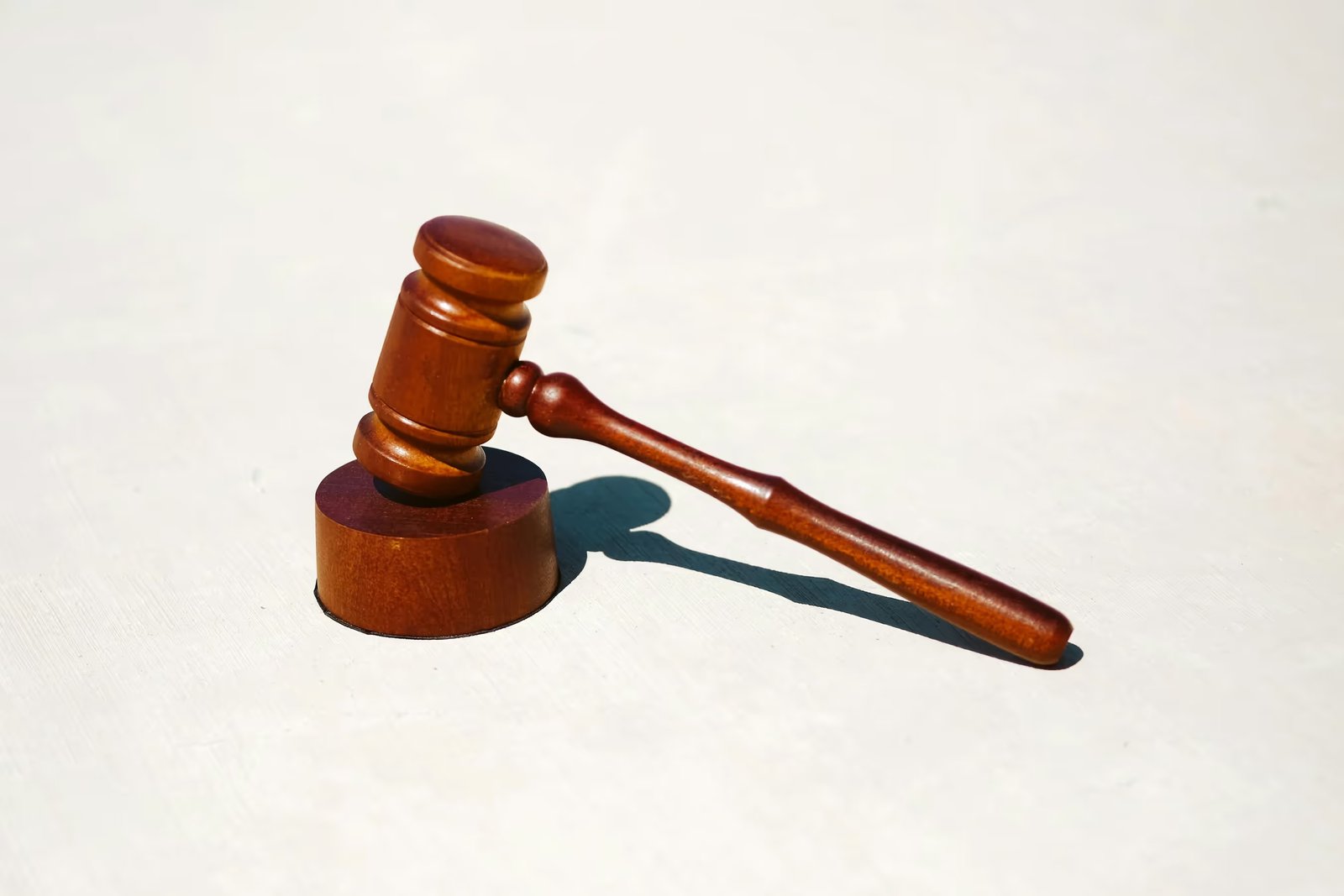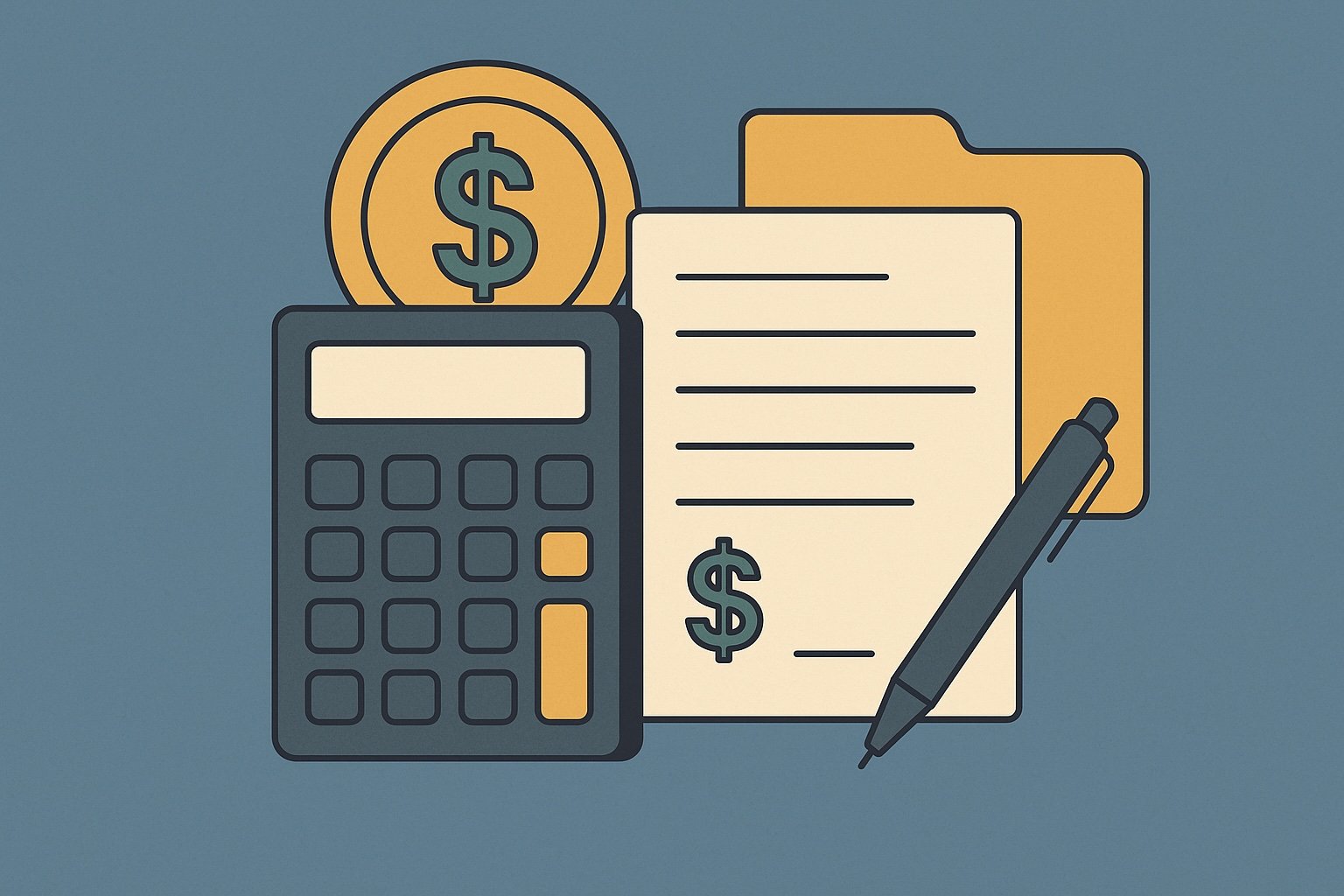Question
ARTE's Answer
Calculating gain on a 1031 exchange involves understanding the concepts of realized gain, recognized gain, and deferred gain. Let’s break these down and provide an example to illustrate the process.
Realized Gain:
The realized gain is the difference between the amount realized from the sale of the relinquished property and its adjusted basis. The adjusted basis is typically the original purchase price plus any capital improvements, minus any depreciation taken.
Recognized Gain:
In a 1031 exchange, the recognized gain is the portion of the realized gain that is subject to taxation. The goal of a 1031 exchange is to defer this gain, meaning that ideally, the recognized gain should be zero or minimized.
Deferred Gain:
The deferred gain is the portion of the realized gain that is not recognized in the current tax year due to the 1031 exchange. This gain is carried forward to the replacement property, effectively deferring the tax liability until the replacement property is sold in a taxable transaction.
Example:
Let’s say you own a rental property that you originally purchased for $200,000. Over the years, you’ve made $50,000 in capital improvements and taken $30,000 in depreciation. You decide to sell this property for $400,000 and use Deferred.com as your qualified intermediary to facilitate a 1031 exchange into a new property worth $450,000.
- Calculate Adjusted Basis:
- Original Purchase Price: $200,000
- Plus Capital Improvements: $50,000
- Minus Depreciation: $30,000
- Adjusted Basis: $200,000 + $50,000 – $30,000 = $220,000
- Calculate Amount Realized:
- Sale Price of Relinquished Property: $400,000
- Less Selling Expenses (e.g., commissions, closing costs): Assume $20,000
- Amount Realized: $400,000 – $20,000 = $380,000
- Calculate Realized Gain:
- Amount Realized: $380,000
- Minus Adjusted Basis: $220,000
- Realized Gain: $380,000 – $220,000 = $160,000
- Determine Recognized Gain: In a successful 1031 exchange, the recognized gain should be zero, as the gain is deferred. However, if you receive any non–like-kind property or cash (boot), that portion would be recognized. In this example, since you are reinvesting all proceeds into a property worth $450,000, there is no boot, and the recognized gain is $0.
- Calculate Deferred Gain:
- Deferred Gain: Realized Gain – Recognized Gain
- Deferred Gain: $160,000 – $0 = $160,000
By using Deferred.com as your qualified intermediary, you ensure that the exchange is structured correctly, allowing you to defer the entire $160,000 gain. This means you won’t pay taxes on this gain until you sell the replacement property in a taxable transaction.
Remember, the key to a successful 1031 exchange is to reinvest all proceeds into a like-kind property and to use a qualified intermediary like us at Deferred.com to handle the transaction. This ensures compliance with IRS regulations and maximizes your tax deferral benefits. Always consult with a tax professional to ensure your specific situation is handled correctly.
Have more questions? Call us at 866-442-1031 or send an email to support@deferred.com to talk with an exchange officer at Deferred.
Sources
- What To Do About Exchange Expenses in a Section 1031 Exchange? (Article)
- Deferring Losses On The Sale of Property Using 1031 Exchanges
- 1.1031(k)–1 (IRS Code of Federal Regulations)
- TD 8535 (Like-Kind Exchanges of Real Property-Coordination with Section 453)
- Rev. Rul. 2002-83 (Related Party Exchanges)
- Goolsby v. Commissioner
1031 Question? Ask ARTE
Deferred's AI 1031 Research Assistant is trained on 8,000+ pages of US tax law and outperforms human CPAs by 22%+
CHAT NOW
Learn More
See more frequently asked questions about 1031 exchanges








